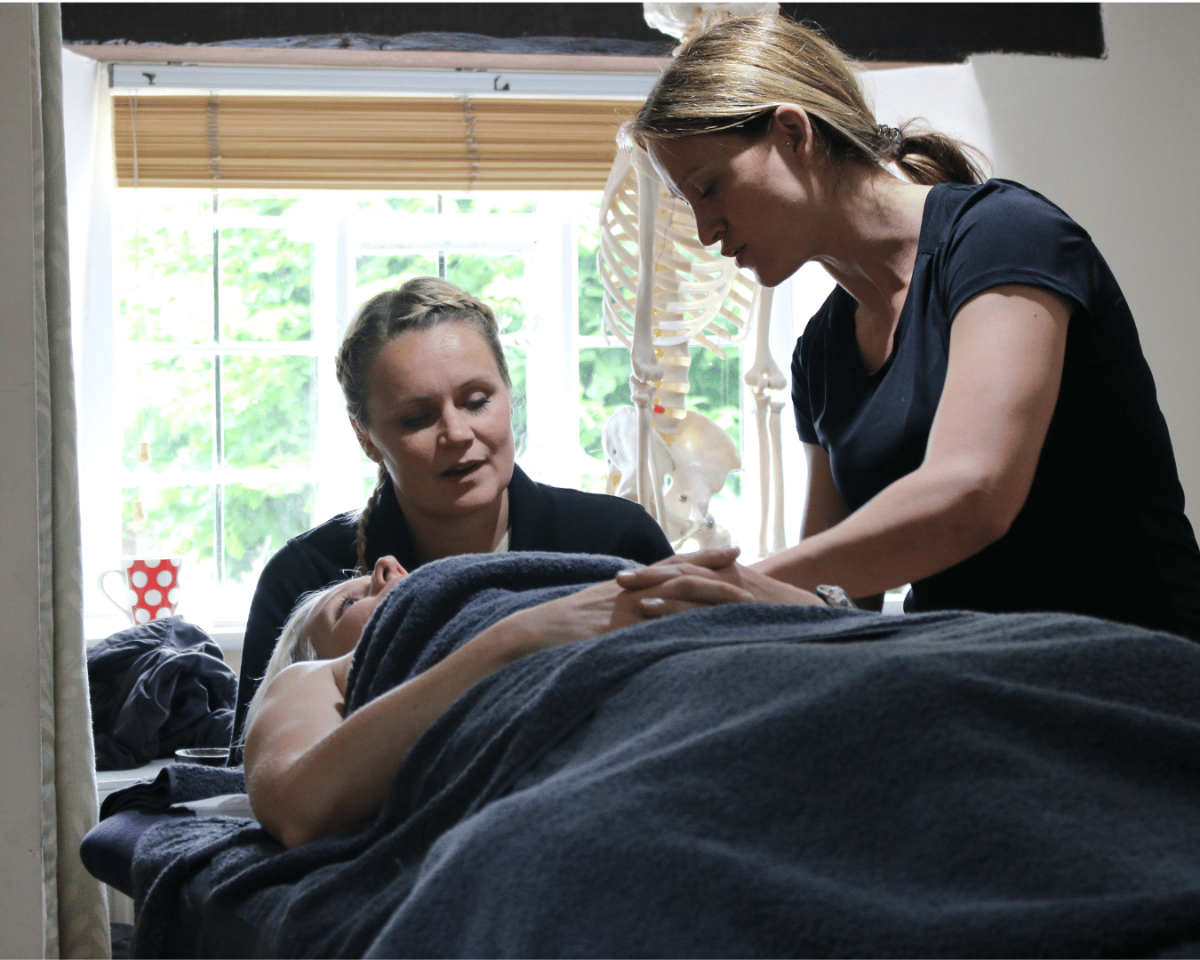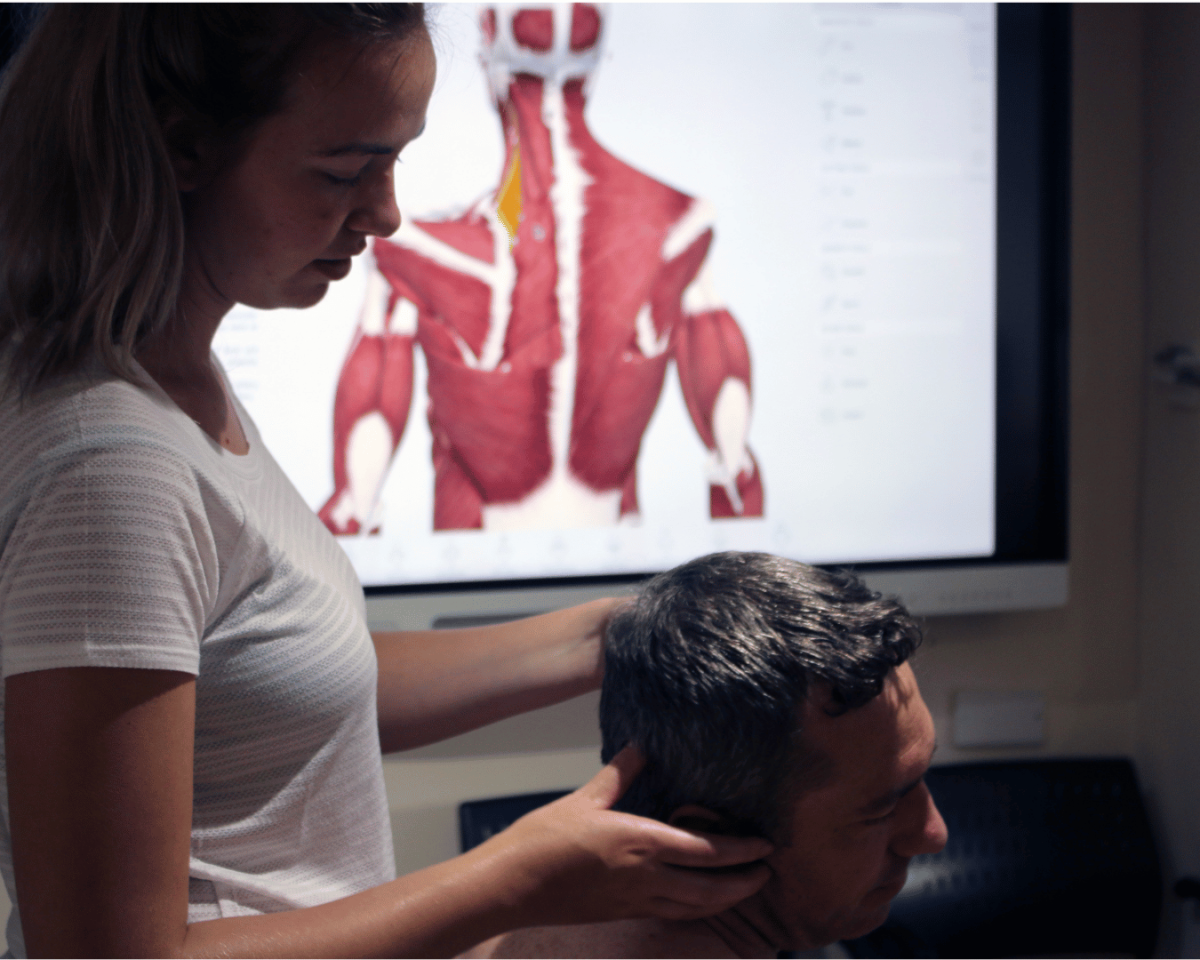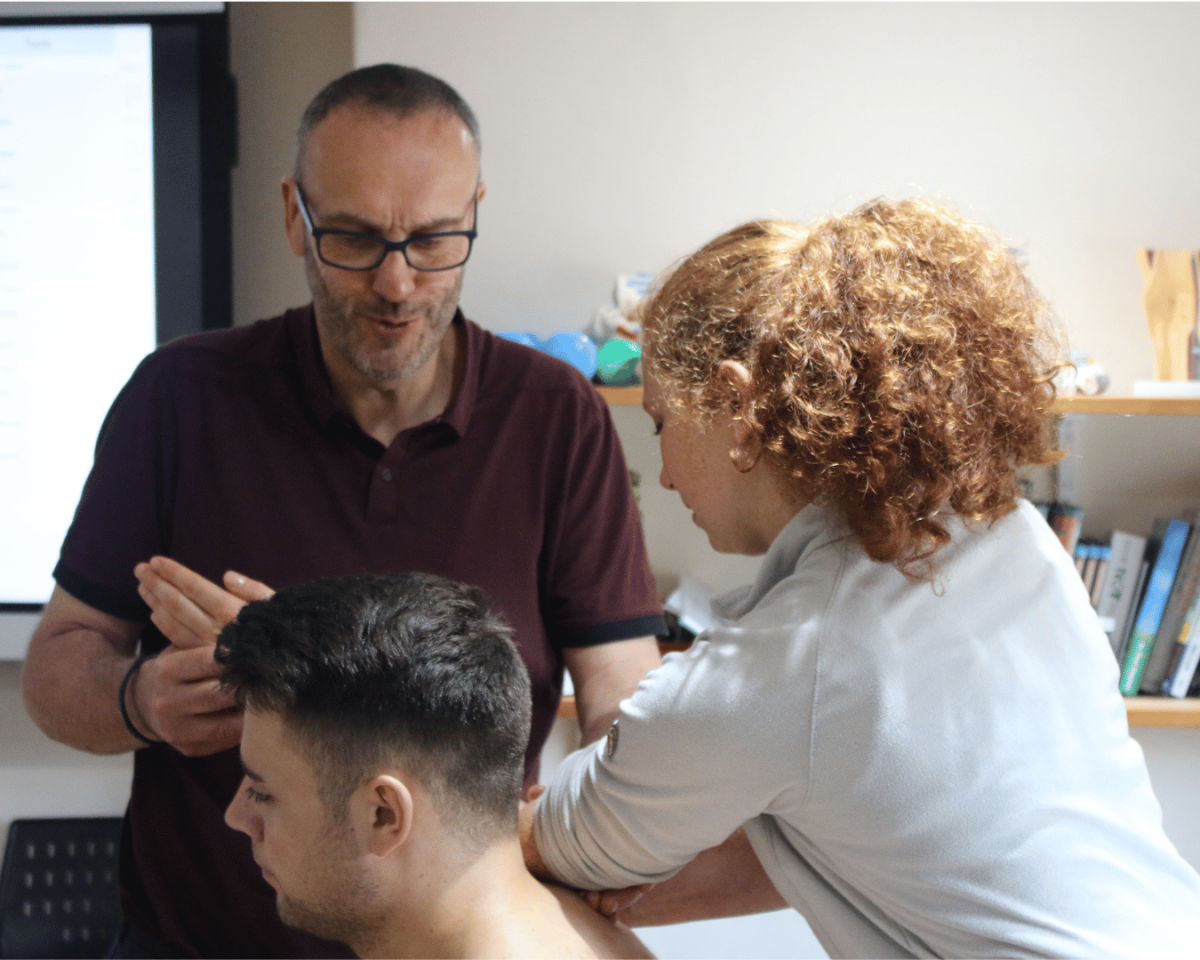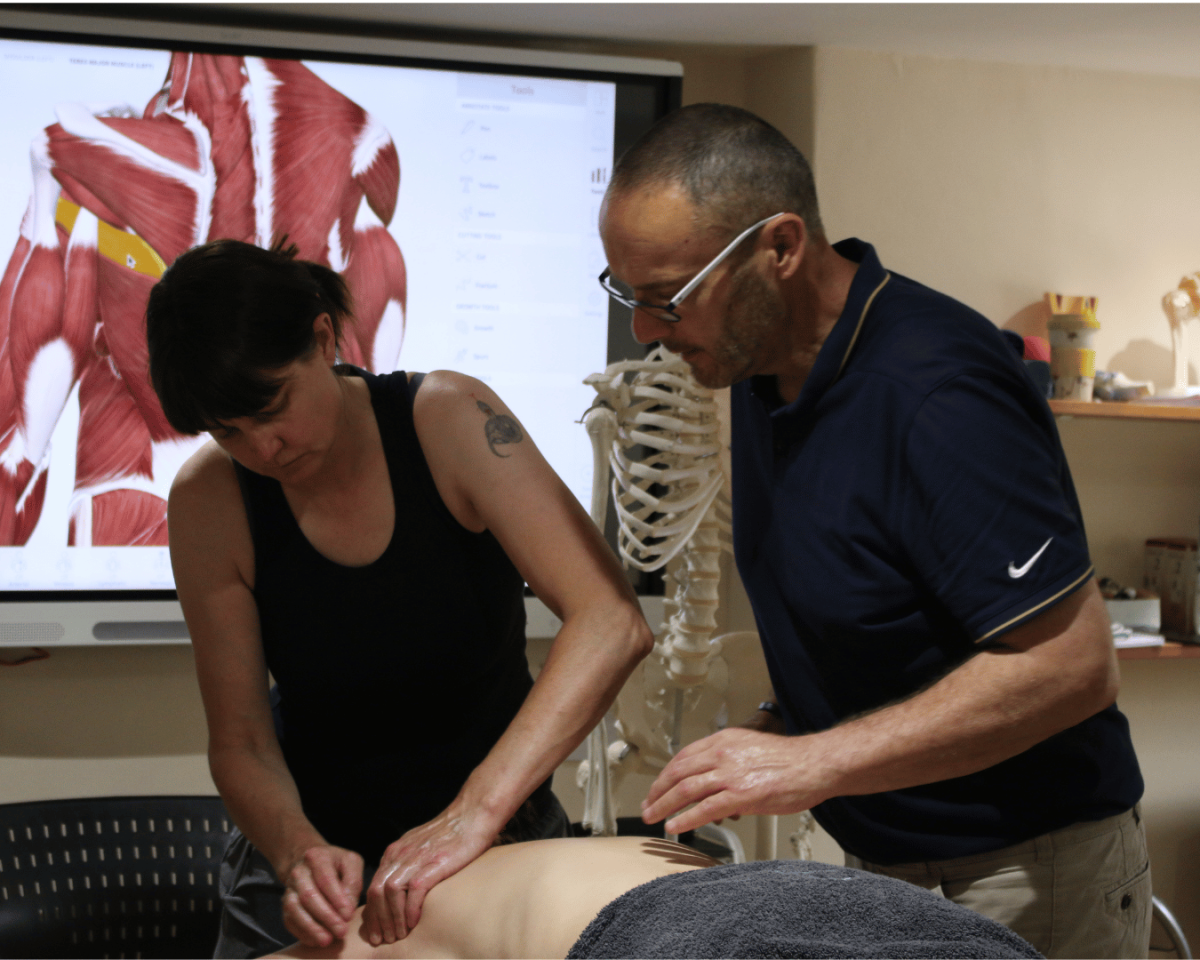Course Overview
ITEC Level 3 Diploma in Sports Massage Course
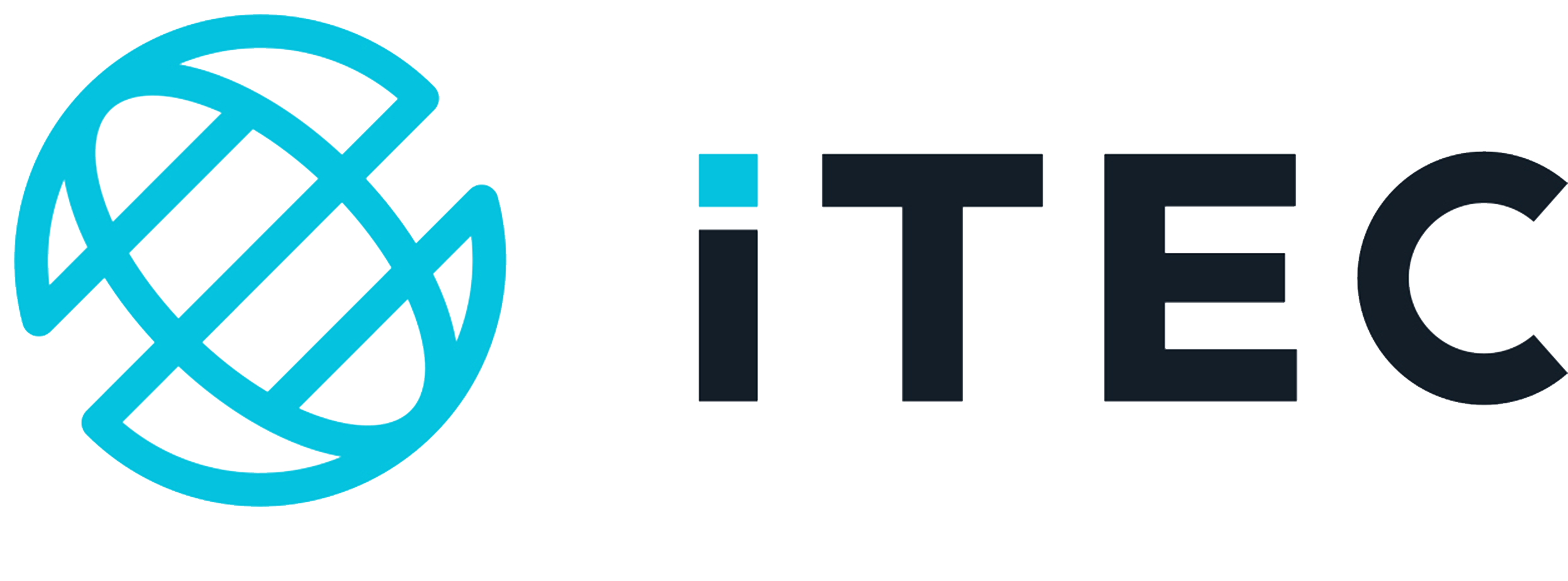 Discover the world of sports massage with our comprehensive ITEC Level 3 Sports Massage course at the Cotswold Academy. Our program is meticulously designed to provide you with a profound understanding of the human body, underpinned by anatomy and physiology, all within the highest industry standards.
Discover the world of sports massage with our comprehensive ITEC Level 3 Sports Massage course at the Cotswold Academy. Our program is meticulously designed to provide you with a profound understanding of the human body, underpinned by anatomy and physiology, all within the highest industry standards.
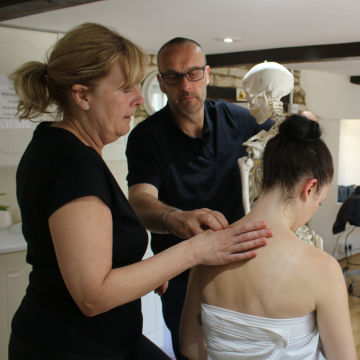 This sports massage course is ideal for beginners, you'll embark on a detailed journey, with in-depth modules covering the body's intricacies, including the cells, skin, skeletal, muscular, vascular, lymphatic, nervous, endocrine, digestive, respiratory, and urinary systems.
This sports massage course is ideal for beginners, you'll embark on a detailed journey, with in-depth modules covering the body's intricacies, including the cells, skin, skeletal, muscular, vascular, lymphatic, nervous, endocrine, digestive, respiratory, and urinary systems.
Through a blend of interactive online home study and classroom attendance, you'll develop hands-on skills, including postural assessment, range of movement tests, and foundational massage techniques like myofascial release and deep friction. As you progress, you'll gain insight into the core benefits of sports massage and how the body's natural healing processes work.
Upon successful completion, you'll be a certified Level 3 sports massage therapist, opening the doors to exciting career opportunities. You can choose to begin your own practice or work in established settings such as salons, clinics, health clubs, spas, or hotels. This qualification also sets the stage for further advancement, as you can pursue our ITEC Level 4 and Level 5 Certificates in Sports Massage courses.
Moreover, once you reach Level 3, your learning journey doesn't stop there. You can continue to expand your skill set with our Continued Professional Development (CPD) short courses, including specialised treatments like pregnancy massage, hot stone therapy, and myofascial cupping. These courses not only enhance your offerings but also enable you to create a unique and thriving business in the dynamic world of massage therapy. Join us at the Cotswold Academy and elevate your career in sports massage.
- Comprehensive ITEC Level 3 Anatomy & Physiology program available online through engaging e-learning modules, featuring interactive presentations, informative videos, written resources, and quizzes. Alternatively, you can opt to attend classroom sessions on designated contact days.
- Access to online Sports Massage theory course materials, to be completed before your in-person classroom sessions. These e-learning modules comprise interactive presentations, instructional videos, written materials, and quizzes to ensure your thorough understanding.
- Six days of classroom instruction, focusing on developing your practical massage techniques and mastering the consultation process essential for becoming a skilled sports massage therapist.
- A smart polo shirt, provided on the first day of your classroom attendance.
- 1-2-1 Zoom / Video calls with your tutor as and when you need it upon request.
- Tri-weekly optional Zoom support sessions for Anatomy & Physiology, offering valuable opportunities to engage with your tutor and fellow students.
- Bi-weekly 'Thursday Evenings', where you can gather to practice in person, learn from peers, and become a part of our vibrant therapist community.
- Small class sizes with a maximum of 8-10 students, ensuring personalised attention and support throughout your learning journey.
- ITEC Registration & final exam fees are all included in the course cost
- Access to our private Facebook group, featuring local job opportunities and listings for essential equipment.
- Free Business Building workshops designed to help you launch and grow your practice.
For more detail please click on the course syllabus tab.
Customise Your Anatomy & Physiology Learning Experience:
At theCotswold Academy, we offer you the flexibility to choose how you'd like to study the Anatomy & Physiology (A&P) component of your course. By default, this unit is available for e-learning, but you have the option to switch to classroom learning and select your preferred attendance dates.
If you opt for e-learning, you'll gain instant access to our comprehensive online A&P curriculum. Designed to be self-paced, you can delve into the materials at your convenience. This means you can explore the A&P unit before, during, and after your classroom contact days. Our e-learning package includes a variety of resources, such as videos, interactive presentations, written materials, and quizzes. Additionally, you'll have access to Zoom catchup sessions every three weeks, offering valuable support specifically tailored to the A&P portion of your course.
Access to your Sports Massage Course Learning Materials:
Furthermore, you'll have immediate access to our online sports massage study. This section is thoughtfully designed to introduce you to crucial aspects, including postural assessment, range of movement tests, the development of fundamental massage skills, and an exploration of the history, benefits, and contraindications of sports massage. We recommend that students spend approximately 2-4 weeks before their classroom dates to review this learning content.
For your 6 days of classroom attendance, you have two options to choose from:
- Fast Track: This option allows you to attend 6 consecutive classroom days, granting you the opportunity to start your coursework right after completing your classroom sessions.
- Mon/Tues/Weds OR Weds/Thur/Fri: Opting for this course date format means you'll attend your 6 classroom days, usually spanning two weeks on consecutive Mondays, Tuesdays, and Wednesdays (or Wednesdays, Thursdays, Fridays). You can commence your coursework toward the conclusion of your classroom days.
Explore the 'Assessment Criteria' tab for a detailed breakdown of coursework and examination requirements. At the Cotswold Academy, we empower you to tailor your learning journey according to your needs and preferences.
) EDIT 3.png)

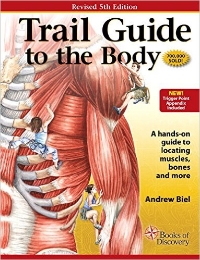
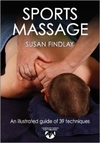
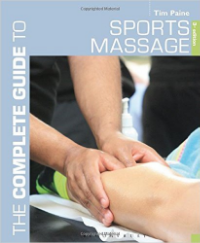

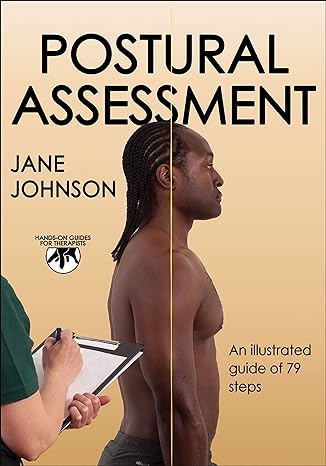
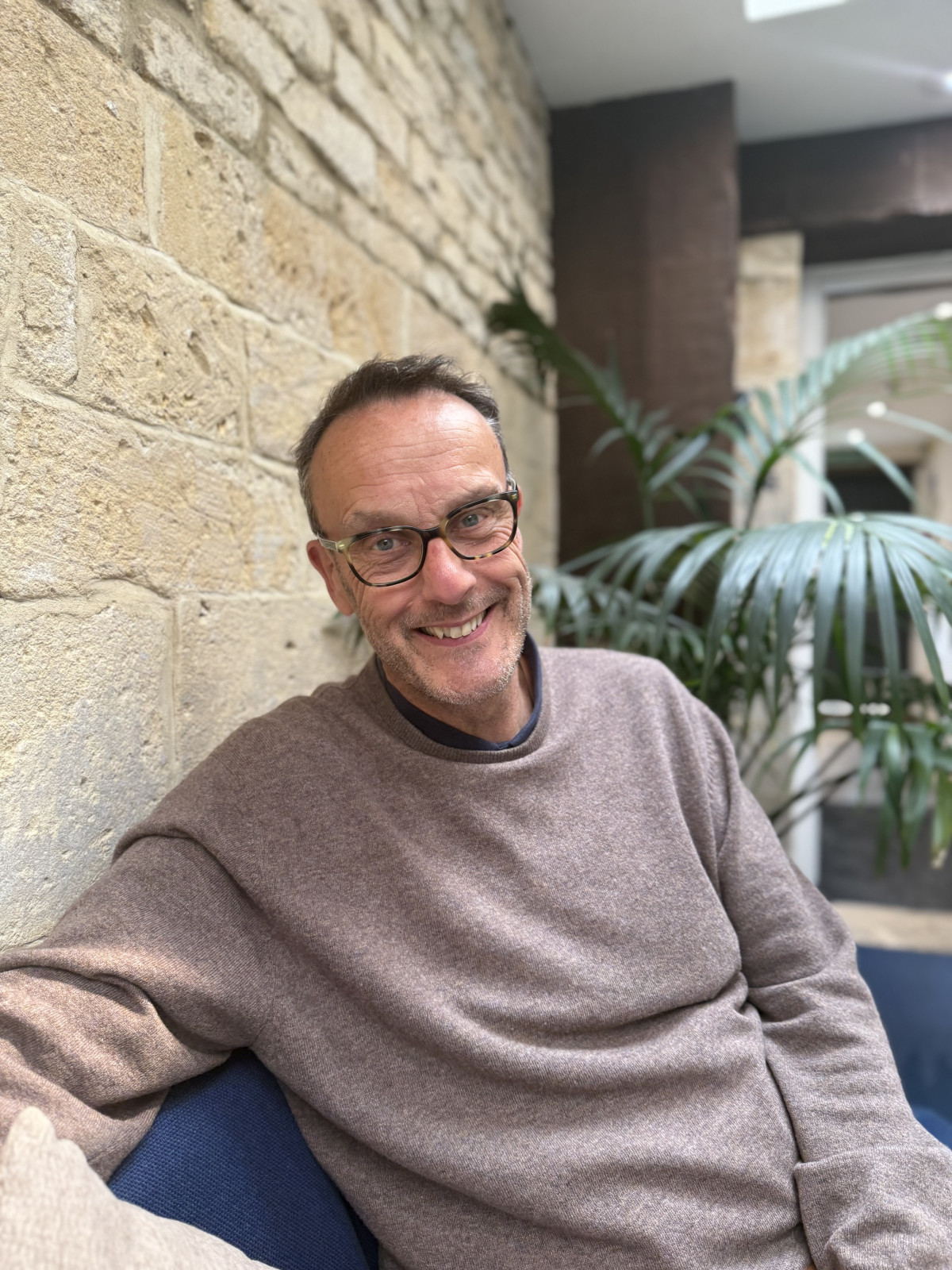
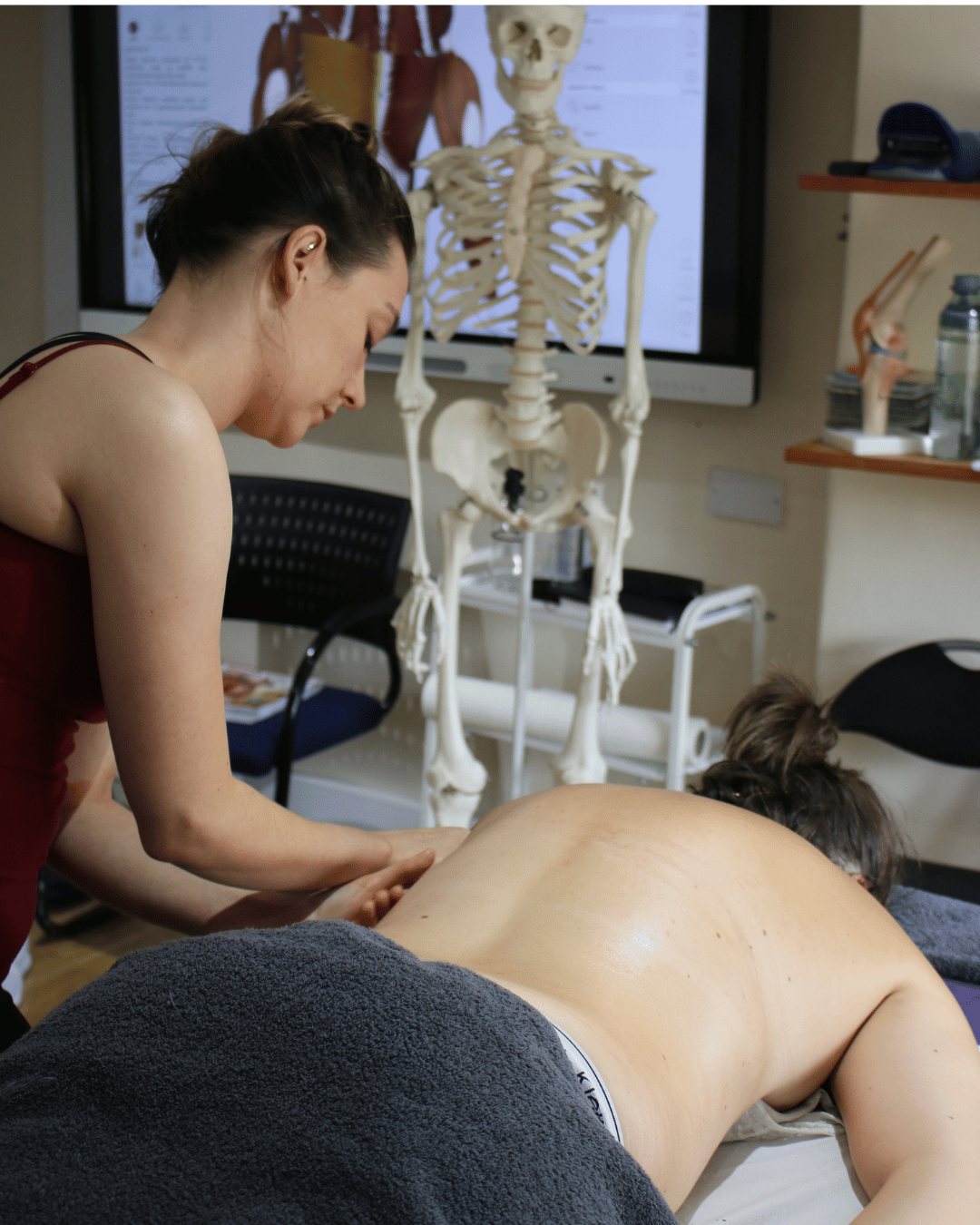
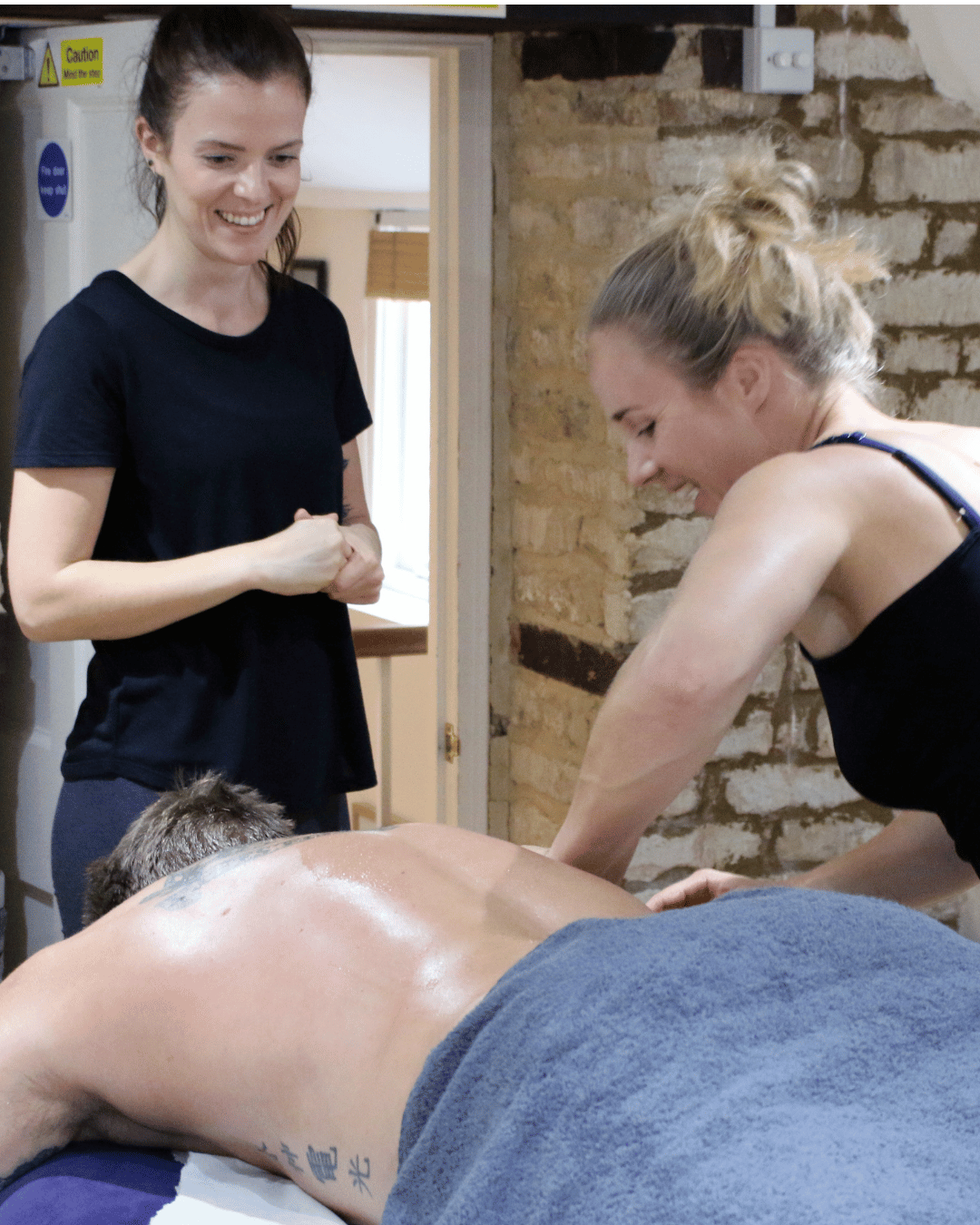
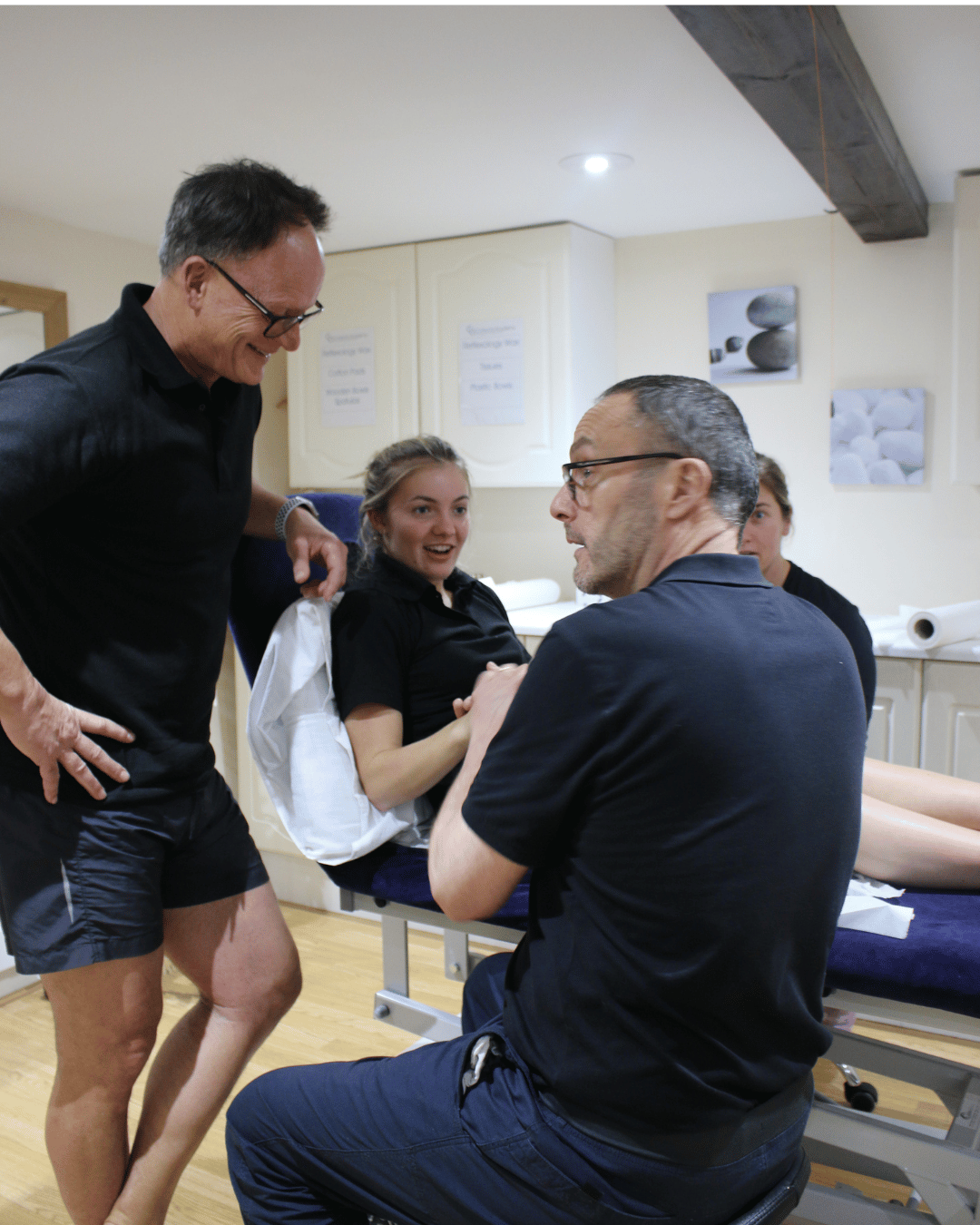
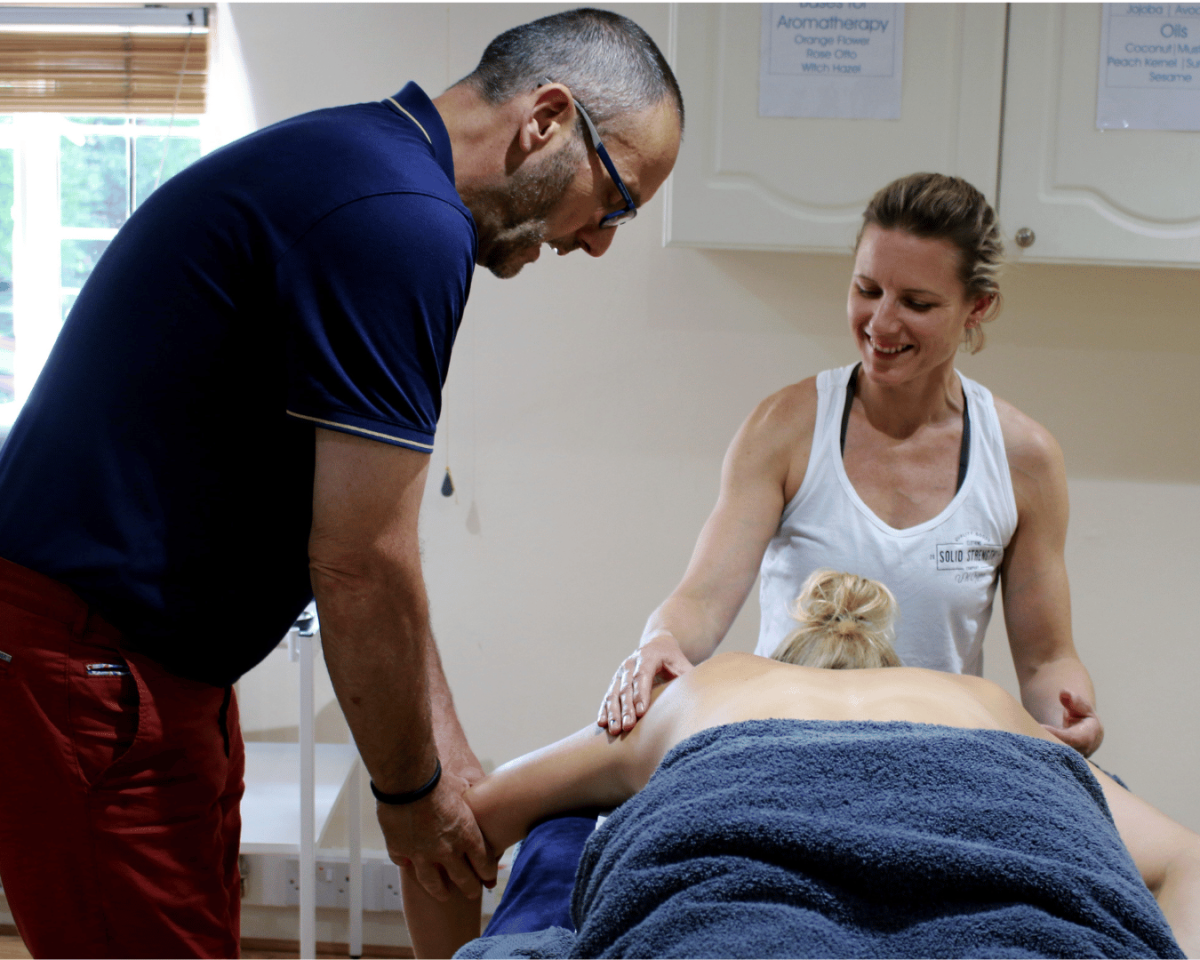

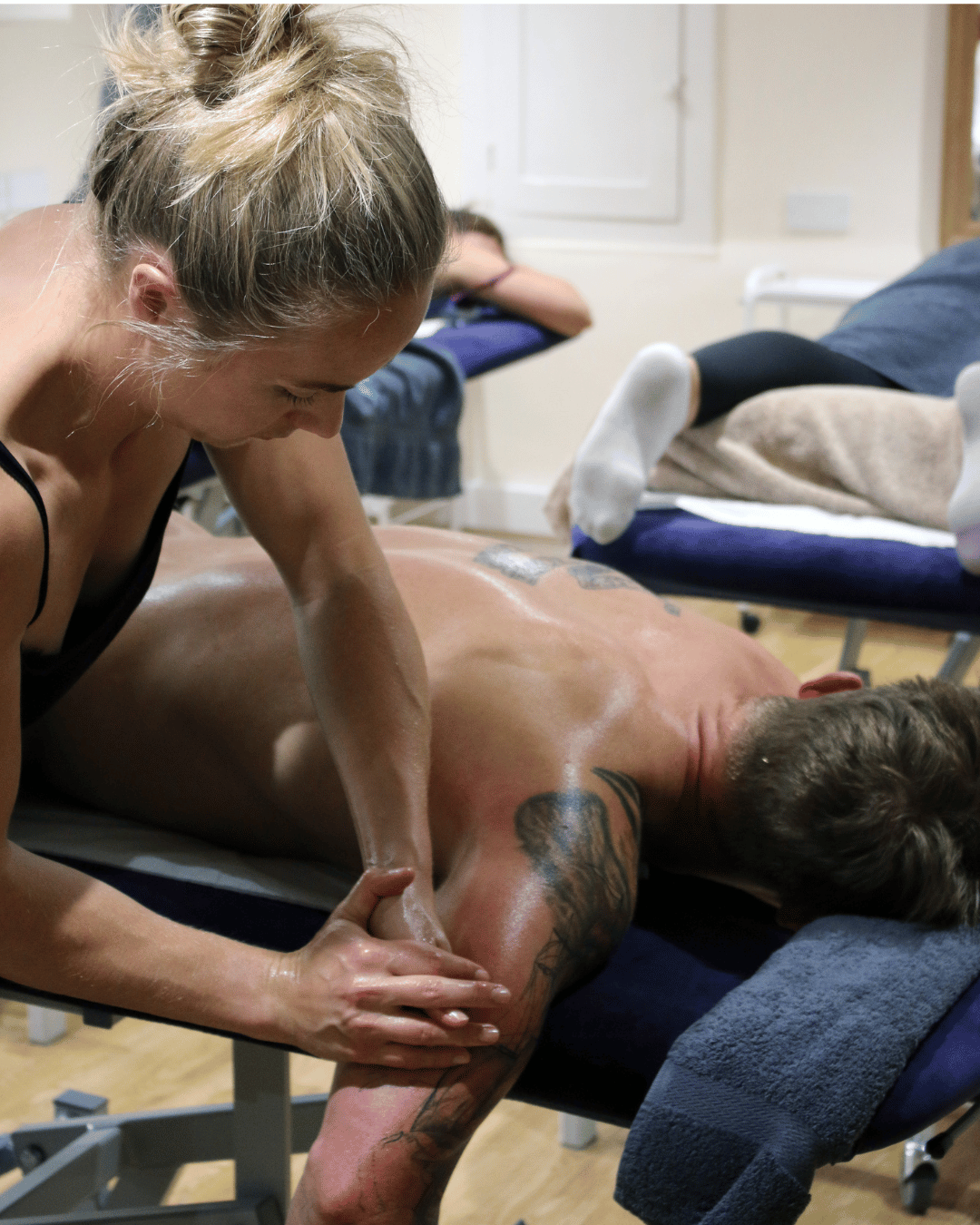
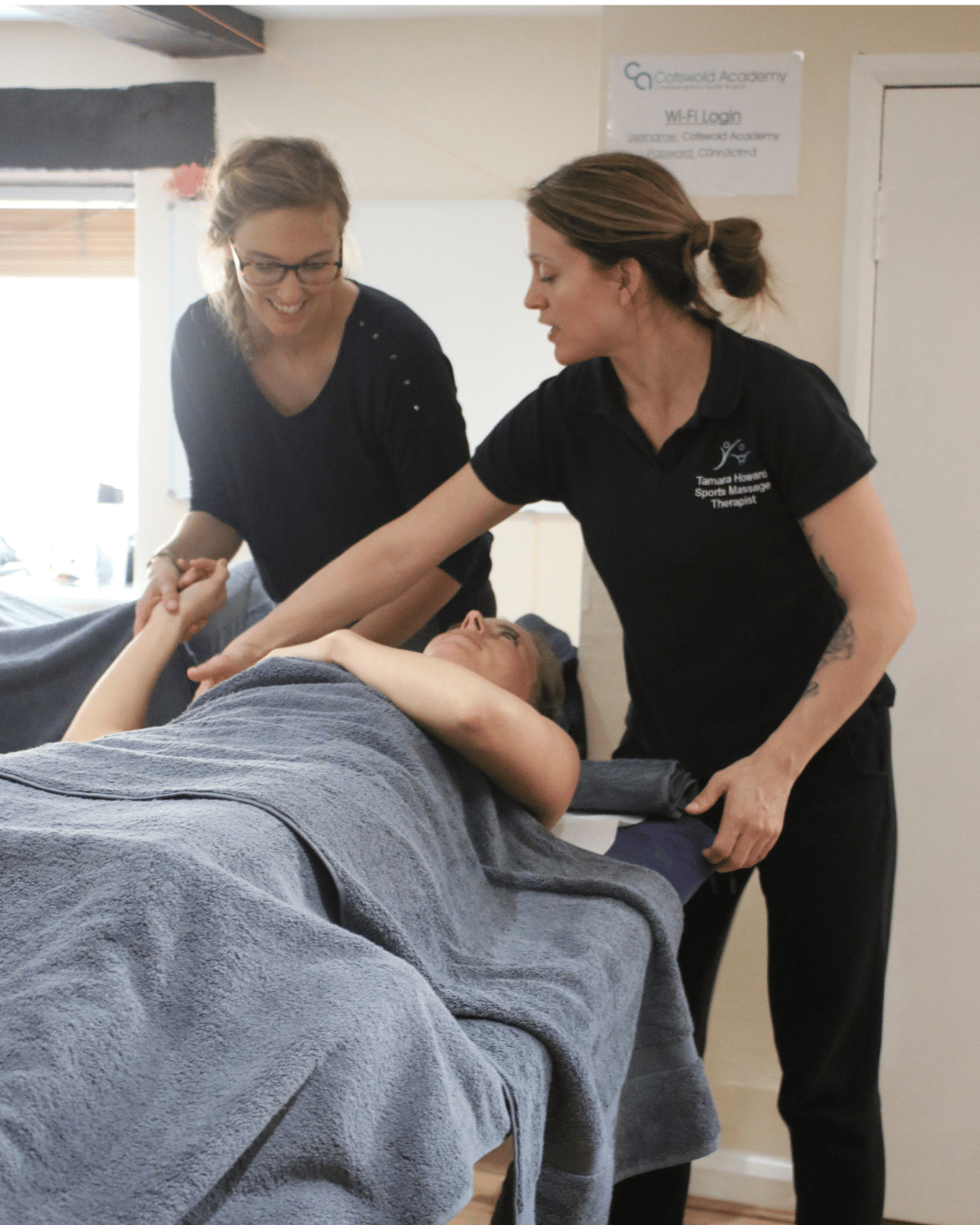
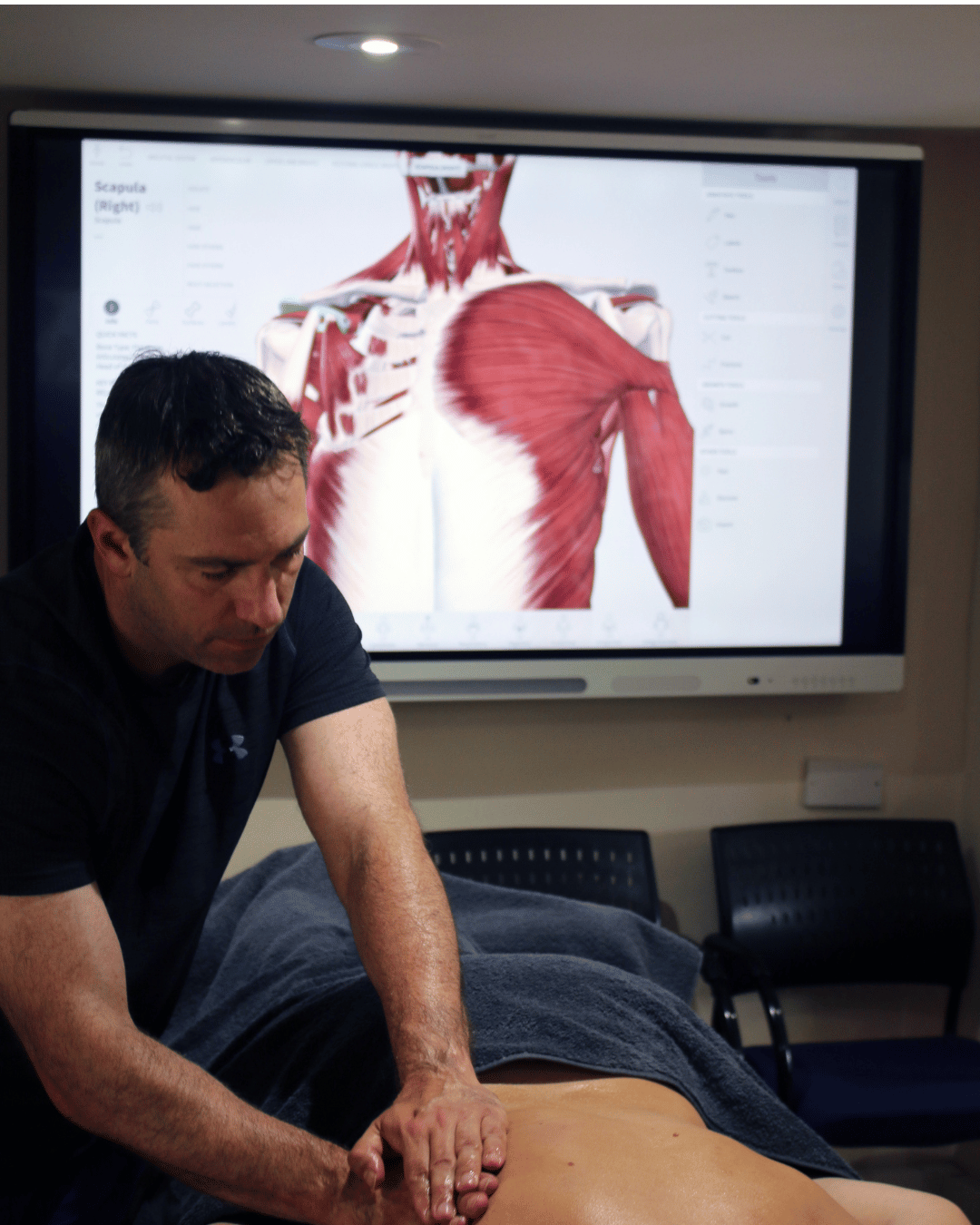
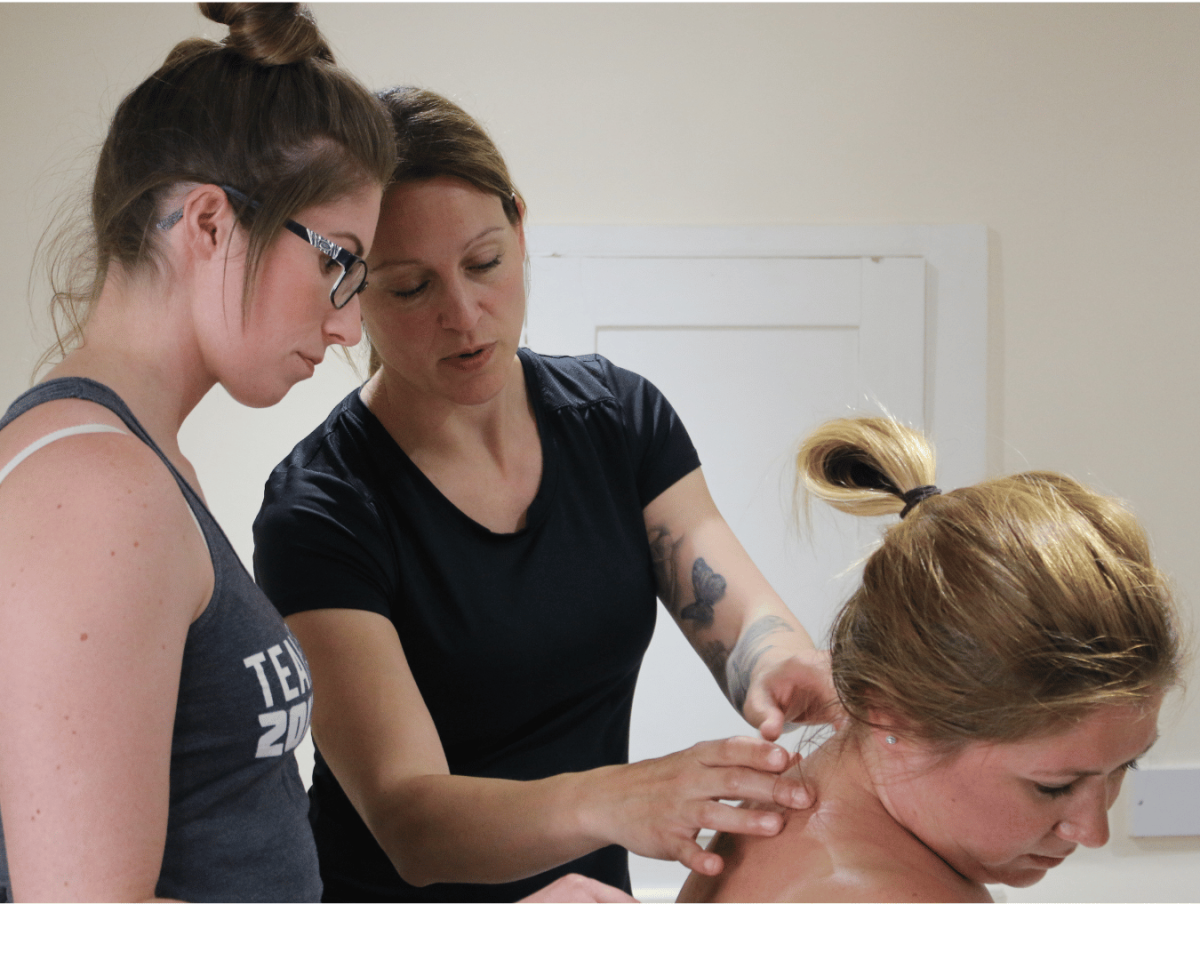
.png)
